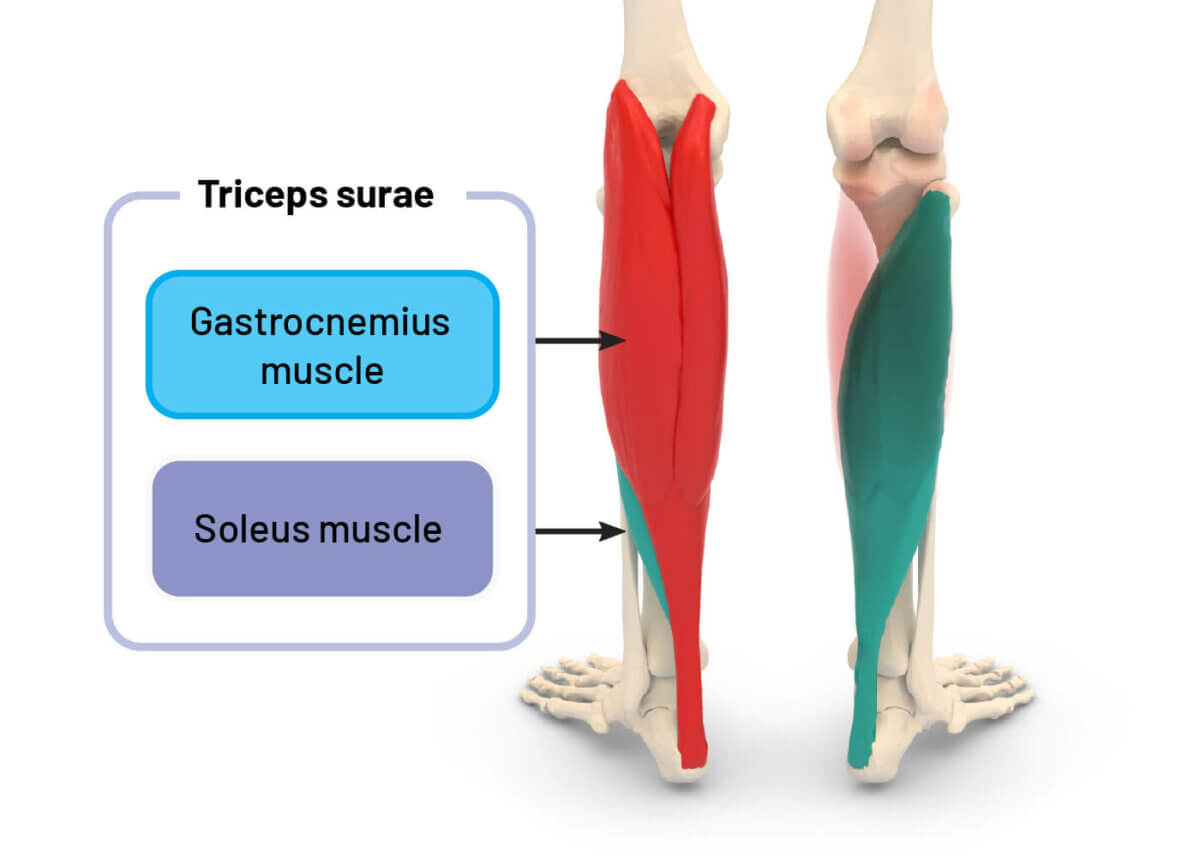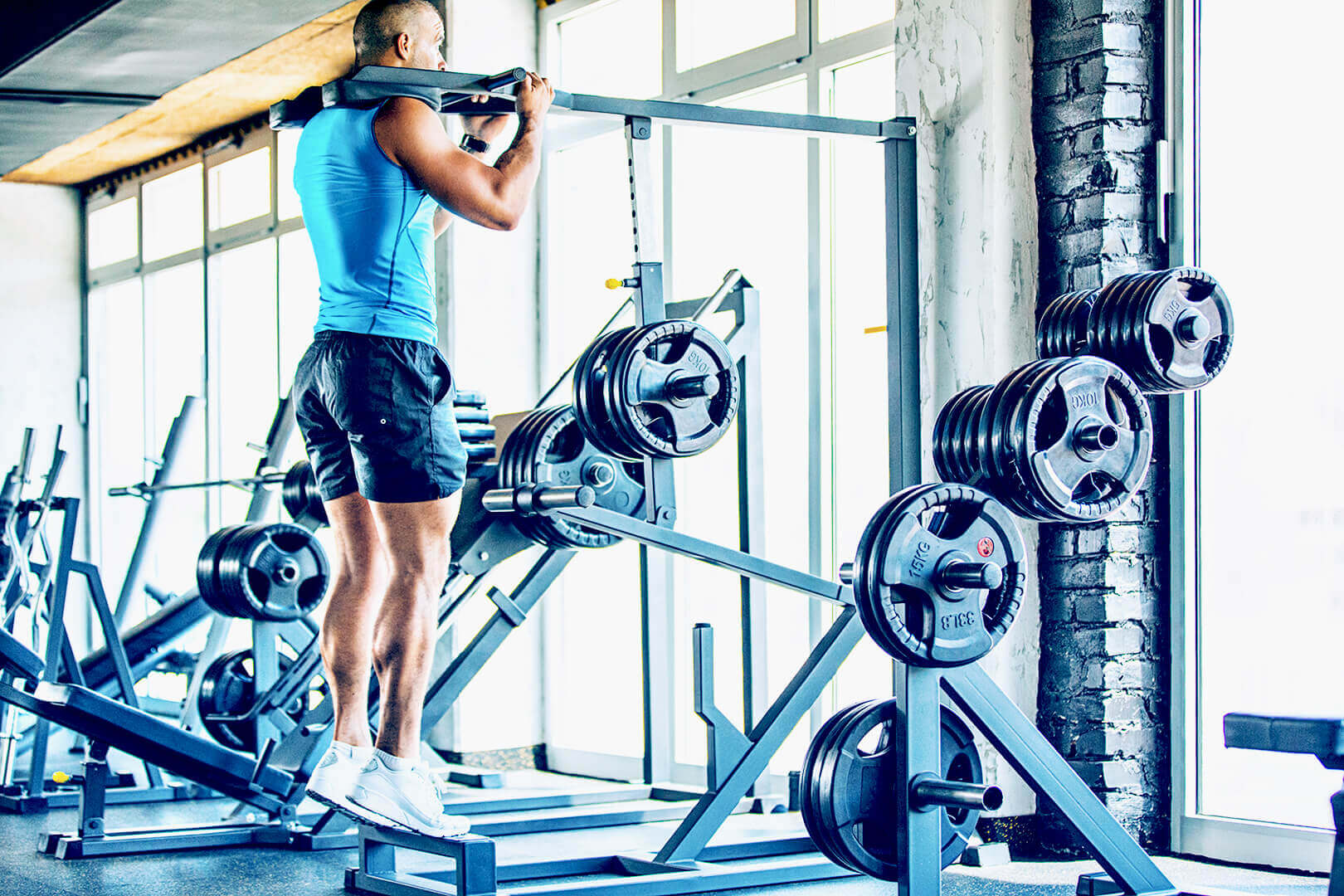An old-school bodybuilding strategy to enhance muscle growth has been tested in humans. Let’s find out if sage bodybuilding advice improves muscle size.
Overview
What did they test? Muscle thickness and isometric strength after training one leg with a traditional training program and the other with a stretch condition that included loaded stretches between sets during rest intervals.
What did they find? Similar increases in muscle growth between training with passive rest intervals compared to training with a loaded stretch during rest intervals.
What does it mean for you? There isn’t conclusive evidence that loaded inter-set stretching is better than regular training. However, it also doesn’t seem to impair muscle growth and may be worth incorporating into a training program for various reasons.
What’s the Problem?
Bodybuilders have long practiced stretching in-between sets to stretch the muscle tissue and fascia, with intentions to promote greater muscle growth. If you think about muscle physiology and have read our previous articles, it makes sense to assume some benefits to stretching the muscle. Growing evidence supports training muscles in their lengthened or stretched position 2 3 4 5. However, this differs from inter-set stretching, which includes brief periods of holding stretches for short periods (less than 30 seconds) between sets. Before we get into the little human evidence we have available, let’s revisit a historical study of Japanese quails. Researchers studied quails by wrapping one of the wings with a tubular weight. This placed the quail's lats in a stretched position that was held for days on end, and after just a few weeks, muscle growth increased by more than 50% 6 7. This has driven interest in future studies, but unfortunately, there are hardly any studies on this topic. Thankfully bodybuilding science is growing!
Generally, inter-set stretching is performed one of two ways—Unloaded, static (like isometric) stretch, or while placing the muscle under load and holding the stretched position. It wasn’t until 2017 that a human study reported significant increases in calf muscle thickness after six weeks of a loaded stretch (no training, just stretching the muscle) protocol 8. This was supported by another study last year showing significant increases in calf growth with no load 11. Could bodybuilders be right in their hunch for increasing muscle mass with inter-set stretching? Well, just a couple of years ago, a study showed more significant increases in quadriceps muscle size after incorporating unloaded 30-second static stretching between sets compared to passive rest intervals 10. This study was followed up by another last year but included a loaded stretch instead. Results showed that including a 30-second loaded stretch led to similar increases in muscle size of the pecs, with no superior benefit to interest stretching 9. Together the data seems to show some promise for inter-set stretching. However, there isn’t enough evidence to know if inter-set stretching is better than traditional, passive rest intervals, leaving many questions unanswered. The study we’re about to break down investigates the calf muscle group. We’ve talked about calves a few times in REPS previously, and the image below highlights the distinction of muscles that make up the calves. The reason you usually see the calf being studied is because of its unique characteristics, including two different muscles with fiber type differences, and you can train them independently. Anytime a study includes limb muscles as the focus, it’s possible to include a within-participant design. As we highlighted in issue 5, within-participant designs can eliminate confounding variables and between-participant variability while comparing two separate conditions.
If bodybuilders are right in assuming stretching between sets benefits muscle growth, it could prove to be an effective and time-efficient strategy to include in a person’s training program. The only problem is that most of the time, these strategies don’t always pan out to meaningful, measurable changes, despite logical and theoretical basis. However, a recent study increases our field of vision on the topic, suggesting some benefits to performing a loaded inter-set stretch. Let’s start with how researchers designed the study.
Figure 1 Calf muscle anatomy








